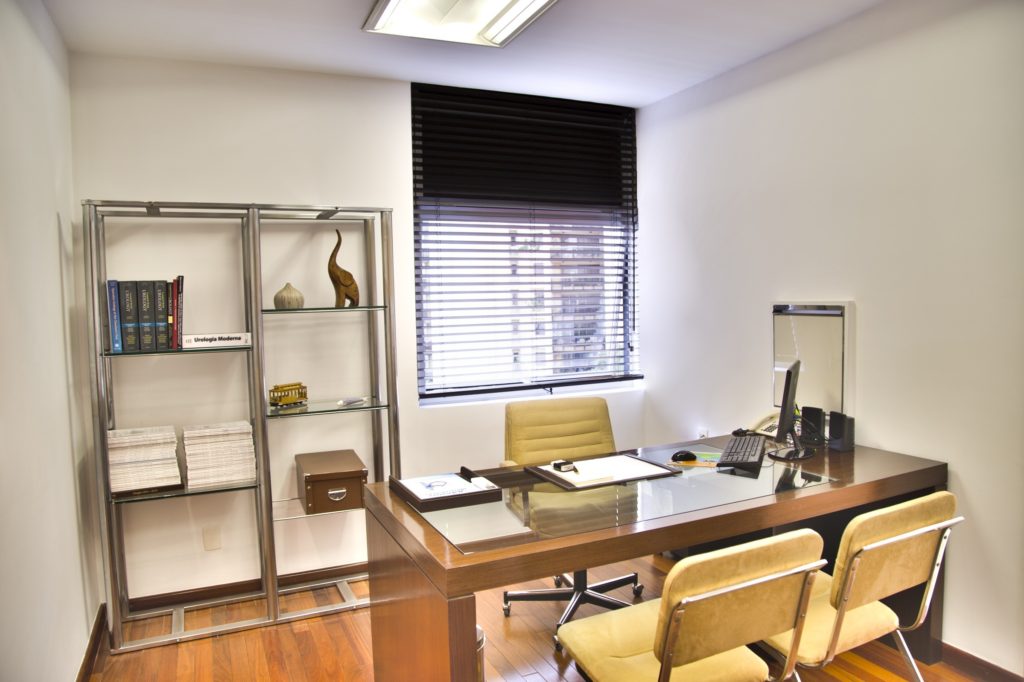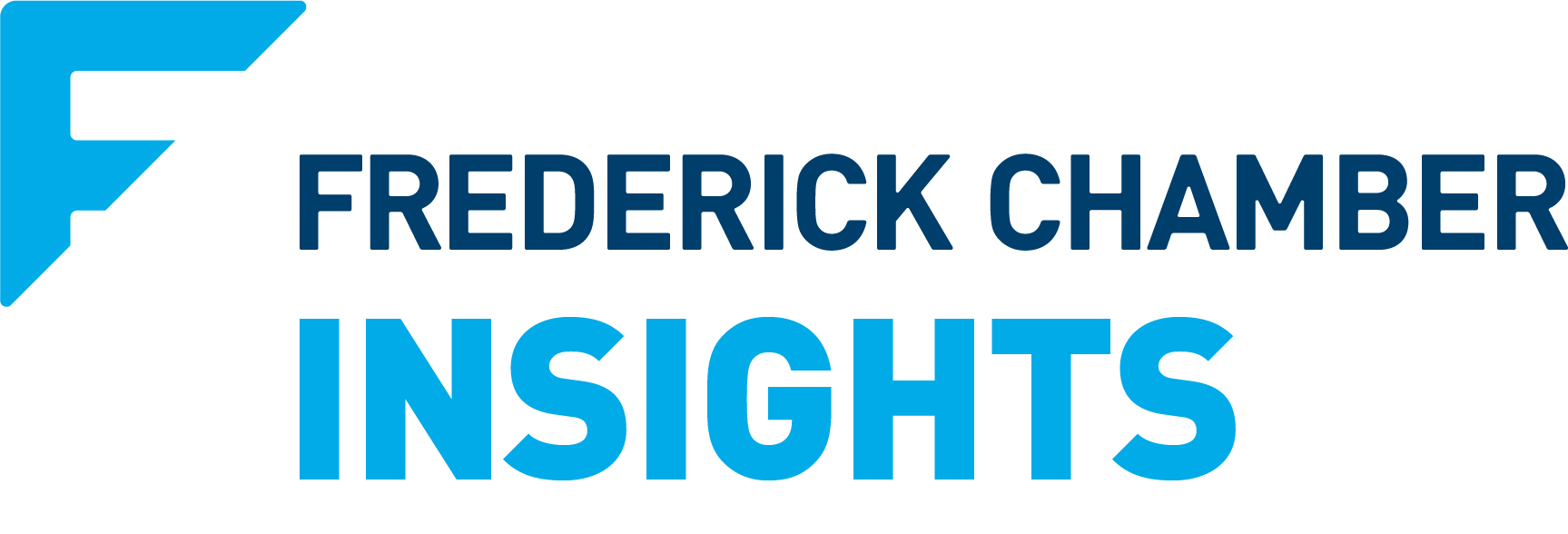Once in a lifetime pandemic. Record unemployment. Fragile economy. Social Unrest.
This year has been exhausting. 2020 has probably pushed you and your business to the edge, if not over the edge. Some of you have been able to pivot and respond. Some of you have had to make very tough decisions. Everyone is trying to keep their business open. Everyone is trying to keep their employees employed. What do you do next if the traditional tactics are not enough?
Think Differently, Work Better
During this unique moment in time, it is imperative that you consider different ways to think about how you operate your business. The first step is to acknowledge that your business processes have room for improvement. These improvements, no matter how small, have the capability to not only improve your product or service but improve your margin and increase your capacity. A process improvement approach must be a focused, intentional strategy.
I know what you are thinking….process? What is a process? My business is not a process; it is a business! Think again. Everything you do is a process. You use processes to run your business, manage your billing cycle, order your supplies, manufacture your products, schedule your employees, market your business, and interact with your customers. Is your business or process perfect? I suspect not. If not, there is room for improvement and room for savings and new efficiencies.
Ok, I Get It, But Where Do We Start?
There are many process improvement philosophies, but the one that I believe is the most accessible, understandable, and implementable is Lean. Lean is a strategy based on scientific principles that are specifically designed to improve performance. It employs a set of principles and tools with the objective to continuously improve through the relentless focus on the identification and elimination of waste.
By eliminating waste, Lean focuses on what is valued by the customer. In any process, there are actions that contribute directly to what is important to the customer. This “value-added.” These are the steps you take that are meaningful to the customer and have a direct impact on the product or service. These could include providing adequate employee staffing or adding an ingredient to the ice cream to make it taste better. Steps that are “value-added” must be important to the customer who buys your product or service.
There are also some things you do because they are required. These activities are defined as “non-value added but necessary.” These activities do not improve the product or service visible to the customer, but you must do them regardless.
Everything else is waste. Waste is “ Non-Value Added” and should be eliminated. There are seven categories of waste to include transportation, overproduction, motion, mistakes(defects), waiting, inventory, and over processing. Does your customer value waiting or defective products or services? Do you value unnecessary travel, wasted inventory, or rework? Of course not. These all lead to wasted resources, time, effort, and money.
There are a variety of tools and techniques within the Lean methodology that focus on value and eliminate waste. They include but are not limited to a detailed analysis of your current process, analytical problem-solving tools, standard work, visual management techniques, mistake proofing, and the organization of workspace and flow. Lean emphasizes positive leadership philosophies to include respecting the people who do the work, leading with humility, and the commitment of time to go to where the work is performed, which will improve communication with the front-line staff.
Techniques and Tool Examples: 5S
You should “5S” your space, whether it is a desk, a closet, or a warehouse.” 5S stands for sorting, straightening, shining (inspected for quality), standardizing, and sustaining. Once a space is 5S’d, people spend less time searching for things they need or hoarding items they cannot find easily. Once search time is eliminated, that time can be spent doing valued work. A well-organized space is also easier to inventory. I spent some of my quarantine time 5S’ing my Tupperware closet.

Standard Work
Standard work is the documentation, sharing, and training of how a process should be done and the rationale behind why it needs to be done that way. Consistent processes yield consistent quality. Standard work is not static. When the process needs to be updated, the standard work should be changed and communicated. Customers value businesses that embrace consistent quality. For example, an inconsistent food preparation process in a restaurant increases the chance that food may be sent back to the kitchen. Food that is sent back is wasted food, wasted time, and can damage your reputation. Re-work in any business wastes time, money, and resources. It is much better to do the work right the first time.

Visual management
Visual cues make it immediately obvious if something is out of place. A visual management cue lets you know if there is an abnormal condition that requires your attention. We are now all familiar with COVID-related visual management examples. This cue makes it immediately known whether the social distancing guidance is being safely adhered to in the grocery check-out line or not. Easy.

Summary
These are just a few of the Lean tools and techniques that are deployed within a bigger continuous improvement strategy. True process improvement is achieved when everyone is interested in eliminating waste every day, in every way. Start with a pilot to show your employees what can be achieved and how a process improvement initiative would benefit them. If they are engaged, they will be more likely to embrace and sustain the changes.
You cannot afford (literally) to allow waste to permeate your business, especially these days. Once you start looking for waste, you will not want to stop, and then you will then be on your way to building a continuously improving system that will benefit your business, customers, and bottom line. A business that embraces process improvement as part of their culture is a proactive one and is better able to pivot when change is required, even in a pandemic. If you are willing to consider something different like Lean, you can not only survive but thrive.
 Rachel Mandel, MD MHA is a physician executive with over 30 years of clinical, teaching, and organizational experience. In addition to partnering with businesses and non-profits through her own consulting firm, she is the Senior Healthcare Advisor to Operational Performance Solutions, a well-respected performance improvement consultant group.
Rachel Mandel, MD MHA is a physician executive with over 30 years of clinical, teaching, and organizational experience. In addition to partnering with businesses and non-profits through her own consulting firm, she is the Senior Healthcare Advisor to Operational Performance Solutions, a well-respected performance improvement consultant group.
Frederick Chamber Insights is a news outlet of the Frederick County Chamber of Commerce. For more information about membership, programs and initiatives, please visit our website.

